
What is the Best Suit for All Occasions?
Suits are very important in men's clothing. Finding the perfect suit that can seamlessly transition across all occasions is akin to discovering a sartorial Holy Grail. From weddings and formal events to business meetings and casual gatherings, the ideal suit should embody versatility, style, and comfort.
This comprehensive guide will explore the quintessential elements that make a suit suitable for every event, ensuring you make a lasting impression no matter where you are.
Understanding Suit Fundamentals
Before diving into what makes a suit universally adaptable, it's crucial to grasp the basics. A suit typically consists of a jacket and trousers made from the sasuitme material. The right suit flatters the wearer's body shape, enhances their appearance, and conveys a sense of professionalism and style. Key components include the fabric, color, fit, and style—each playing a pivotal role in the suit's versatility.
Fabric
The choice of fabric can significantly impact a suit's adaptability. Wool, especially in a medium weight, stands out as the best all-around fabric for suits. It's durable, comfortable, and suitable for most climates and seasons. Wool's versatility extends to various weaves, such as worsted wool, which is smooth and fine, making it ideal for both formal and casual settings.
Color
When it comes to color, neutrality is key. A suit in navy blue, charcoal gray, or a subtle pattern that incorporates these colors offers the most flexibility. These shades are professional enough for business settings, yet understated enough to not feel out of place at a casual event. Moreover, they pair well with a wide range of shirt and tie combinations, allowing for easy adaptation to different occasions.
Fit
The fit is arguably the most crucial aspect of a suit's versatility. A well-fitted suit looks good in any setting, emphasizing the wearer's best features while hiding imperfections. Opt for a tailored fit that offers a modern silhouette—neither too tight nor too loose. This balance ensures the suit is comfortable and flattering, whether you're attending a formal gala or a relaxed gathering.
Style
A single-breasted suit with a two-button jacket is universally acknowledged as the most versatile style. It's suitable for almost every body type and occasion, striking the perfect balance between formal and casual. A notched lapel adds to this versatility, making the suit less formal than a peak lapel would, thereby increasing its range of appropriateness.
The Best Suit for All Occasions
Considering the fundamentals, the best suit for all occasions is a medium-weight wool suit in navy blue or charcoal gray, featuring a tailored fit and a single-breasted, two-button jacket with notched lapels. This configuration offers the ultimate in flexibility, allowing the wearer to navigate through various events with ease.
Why Navy Blue or Charcoal Gray?
Navy blue and charcoal gray are incredibly versatile colors. They serve as a perfect backdrop for both bold and subdued shirt and tie combinations, allowing for customization based on the event's formality. Navy exudes a sense of authority and professionalism, while charcoal gray offers a slightly softer, yet equally sophisticated alternative.
Tailoring: The Key to Versatility
A tailored suit adjusts not just to the contours of your body but also to the nuances of different occasions. For formal events, a crisply ironed white shirt and a silk tie elevate the suit's elegance. For business settings, you can experiment with different shirt colors and tie patterns. Meanwhile, for casual events, simply removing the tie or wearing a more relaxed shirt can tone down the formality.
Accessorizing for Adaptability
The power of accessories in transforming a suit's appearance cannot be overstated. Pocket squares, ties, cufflinks, and even socks play a significant role in tailoring your look to suit the occasion. By changing these elements, you can quickly adapt your outfit to match the required level of formality or informality.
Practical Tips for Maximizing Suit Versatility
- Invest in Quality: A high-quality suit not only lasts longer but also maintains its shape and appearance, making it a wise investment for any wardrobe.
- Maintenance is Key: Regular dry cleaning, proper storage, and timely repairs can extend the life of your suit, ensuring it's always ready for any occasion.
- Experiment with Shirts and Ties: Building a collection of shirts and ties that range from formal to casual can drastically increase your suit's versatility.
- Understand Shoe Pairings: The right shoes can set the tone for your suit. Oxfords and derbies lean more formal, while loafers can be perfect for less formal settings.
- Learn to Layer: Adding a vest or choosing the right coat can make your suit more adaptable to different weather conditions and occasions.
What Color Looks Best on Everyone?
Choosing the ideal suit color that universally flatters everyone is a sartorial challenge that many face. Among the plethora of shades available, two stand out for their unparalleled versatility and universal appeal: navy blue and charcoal gray.
These colors not only complement a wide range of skin tones but also adapt seamlessly to various settings, making them the ultimate choice for anyone looking to invest in a suit that transcends occasions and seasons.
Navy Blue
Navy blue is a quintessential suit color that exudes confidence, authority, and sophistication. Its universal appeal lies in its deep, rich tone, which offers a perfect blend of seriousness and approachability. Unlike black, which can be harsh and overly formal for certain occasions, navy blue maintains a level of formality while still being versatile enough for both day and evening events.
One of the key strengths of navy blue is its ability to complement virtually all skin tones. For lighter complexions, it provides a sharp contrast that highlights the wearer's features without overpowering them. For darker skin tones, navy blue enhances the natural warmth and richness, creating a harmonious and attractive look. This adaptability makes navy blue a safe yet stylish choice for anyone looking to make a positive impression.
Furthermore, navy blue suits are incredibly flexible in terms of styling. They pair beautifully with a wide range of shirt colors, from classic white and light blue to more vibrant hues such as pink or lavender. This allows for personal expression through color combinations that can adjust the suit's formality level. Accessorizing with ties, pocket squares, and shoes in complementary or contrasting colors can further personalize the look, making a navy blue suit suitable for various occasions, from business meetings to social gatherings.
The fabric's texture and the suit's cut can also play a significant role in the suit's overall appearance. A navy blue suit in a lightweight wool or linen blend is perfect for spring and summer events, offering breathability and comfort without compromising style. For colder months, a heavier wool or even a navy flannel suit can provide warmth and texture, adding depth to the color and enhancing the suit's visual appeal.
Charcoal Grey
Charcoal grey is another color that boasts universal appeal, offering a slightly more formal alternative to navy blue. Its darker tone conveys an air of sophistication and professionalism, making it an excellent choice for business attire. Like navy blue, charcoal grey is flattering across a wide range of skin tones, providing a neutral backdrop that enhances the wearer's natural coloring.
The versatility of charcoal grey lies in its ability to straddle the line between formal and casual wear effortlessly. For formal events, a charcoal grey suit can be paired with a crisp white shirt and a silk tie in a darker hue for a classic, timeless look. For less formal occasions, pairing it with a light-colored shirt and a patterned tie or even going tie-less can create a more relaxed yet polished appearance.
Charcoal grey suits also offer the advantage of being seasonally adaptable. They can be worn throughout the year, making them a practical choice for those looking to maximize their wardrobe's versatility. In warmer months, a lighter-weight charcoal suit can provide comfort and style, while heavier fabrics like tweed or wool can offer warmth and texture during the cooler seasons.
Additionally, charcoal grey suits serve as an excellent canvas for experimenting with texture and pattern. A subtle herringbone or check pattern can add interest and depth to the suit without detracting from its versatility. This allows individuals to introduce personal style elements into their attire while maintaining the suit's adaptability across different occasions.
What Color Suit is Best for Events?
Selecting the perfect suit color for events is pivotal in projecting the desired image and adhering to the occasion's demands. While personal preference and fashion trends play a role in decision-making, certain suit colors stand as timeless choices for their adaptability and elegance. Among these, navy blue, charcoal grey, and variations of these shades hold a special place for event attire, each bringing its unique charm and appropriateness to different types of events.
Suit Color for Weddings
Weddings are celebratory occasions that often call for a touch of elegance and formality, making the choice of suit color particularly important. For daytime weddings, especially in spring and summer, lighter shades such as light grey, beige, or pastels can offer a refreshing and festive look. These colors reflect the joyous atmosphere of the occasion and are versatile enough to fit garden, beach, and traditional indoor weddings.
However, for evening or formal weddings, darker tones convey the requisite solemnity and sophistication. A deep navy blue or a classic black tuxedo can elevate the wearer's appearance, ensuring they look their part in a more formal or black-tie setting. Navy blue, with its deep, rich tones, provides a modern twist on traditional black, offering a slightly softer yet equally sophisticated alternative.
The choice of accessories also plays a significant role in complementing the suit color for weddings. For lighter suits, colorful ties and pocket squares can add a pop of color and personality. In contrast, for darker suits, opting for metallic or monochrome accessories can enhance the suit's elegance without overwhelming the overall look.
Discover even more about Can you Wear Burgundy Suit to a Wedding?
Suit Color for Business Functions
In the realm of business functions, including conferences, meetings, and networking events, professionalism and subtlety are key. Here, traditional colors like navy blue and charcoal grey dominate for their ability to command respect while maintaining a professional demeanor. These colors are not only universally flattering but also exude an air of authority and reliability, essential traits in a business setting.
Navy blue suits are particularly versatile for business functions, working well in both conservative and more creative environments. They can be paired with a range of shirt and tie combinations to match the formality level of the event. A crisp white shirt and a dark tie can offer a classic, fail-safe combination, while a light blue or patterned shirt can soften the look for less formal occasions.
Charcoal gray suits stand out for their sophisticated appeal, making them an excellent choice for high-stakes meetings or presentations. The color's neutrality allows for easy pairing with shirts and ties of various colors, enabling the wearer to introduce a personal touch without straying too far from the expected business attire norms.
Suit Color for Casual Events
Casual events, such as informal gatherings, parties, or dinners, allow for greater flexibility in suit color choice. This is the arena where one can experiment with lighter greys, soft blues, or even subtle patterns that inject personality into the outfit. A well-chosen casual suit can strike the perfect balance between looking put-together and feeling relaxed, making it ideal for socializing and networking.
For these less formal events, a light grey suit can be particularly appealing, offering a softer alternative to the starkness of black or the formality of navy. Paired with a casual shirt, no tie, or even a fine knitwear piece, it creates an effortlessly chic look that is both approachable and stylish.
Soft blues and greens, along with muted patterns like checks or stripes, can also serve to differentiate the wearer from the crowd, showcasing a flair for style and an eye for detail. These colors work well in settings where making a memorable impression is key, allowing the individual's personality to shine through their choice of attire.
Related Products











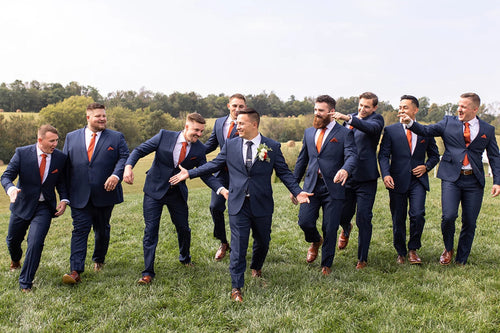
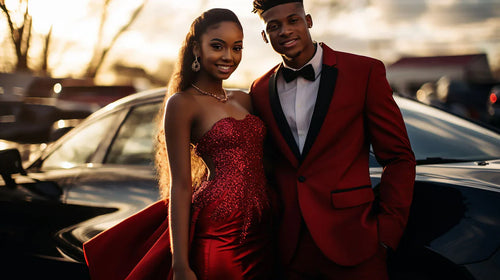

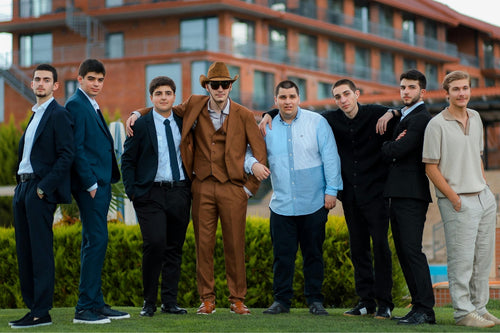
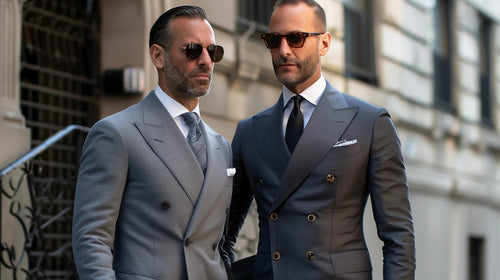
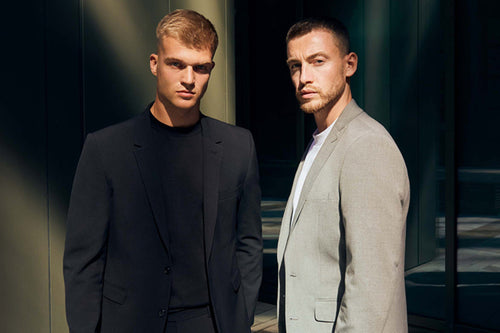
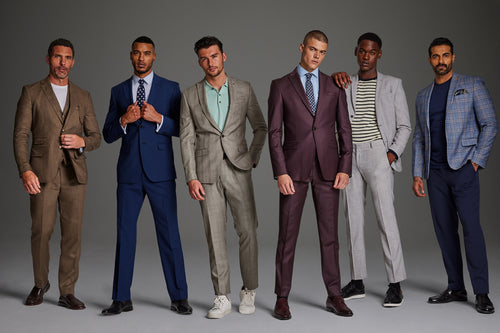
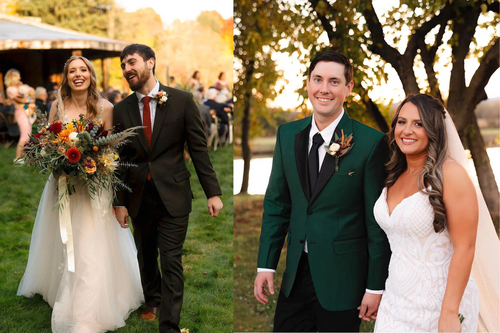
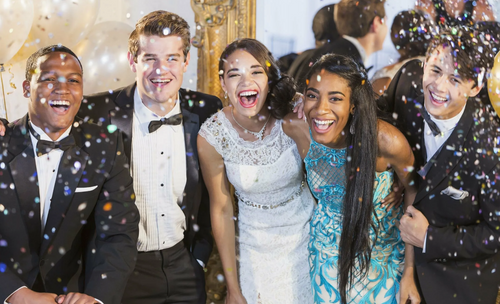
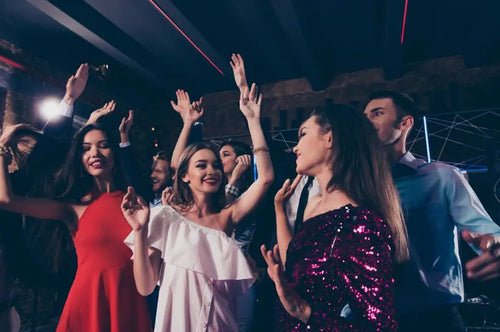
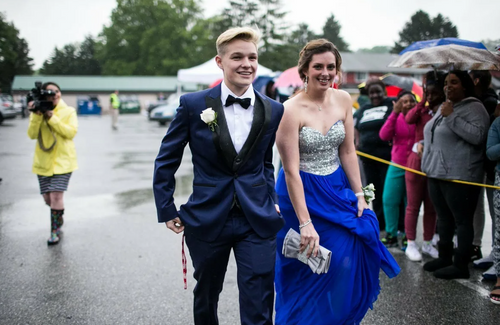
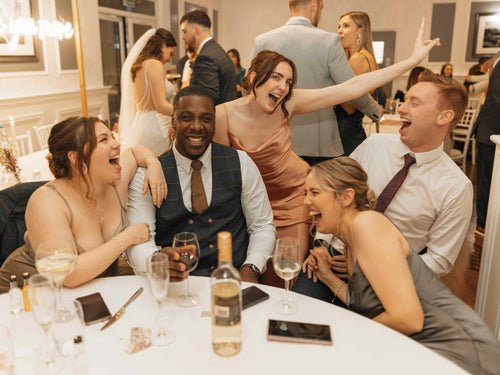
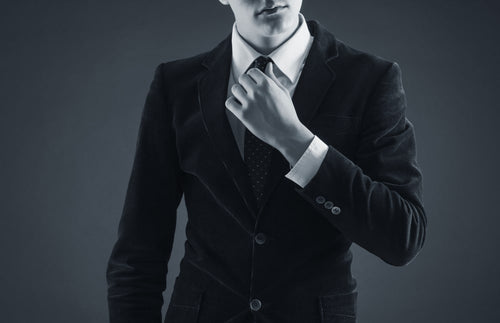

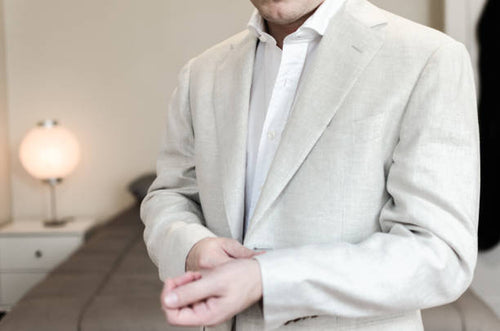
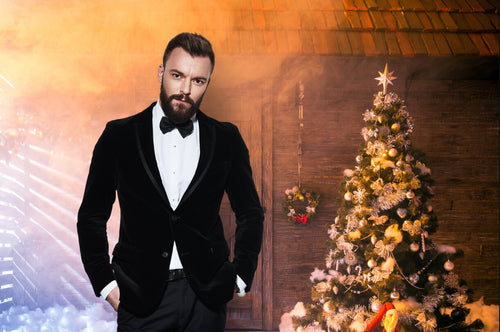



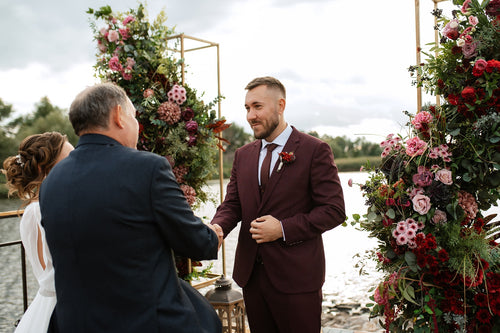
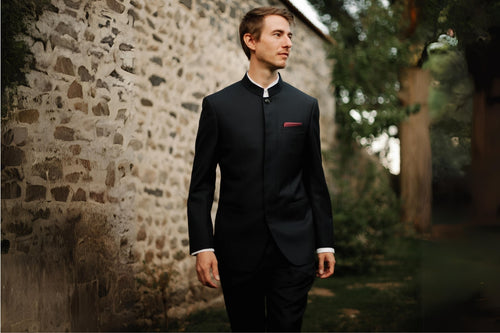
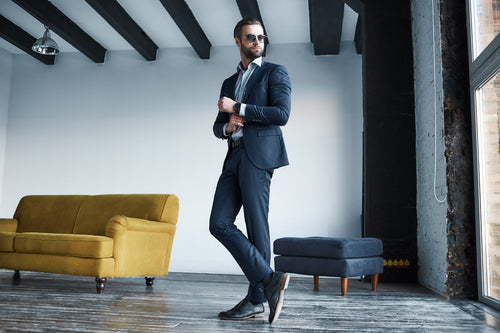
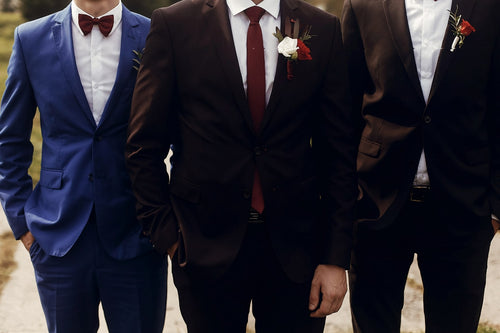
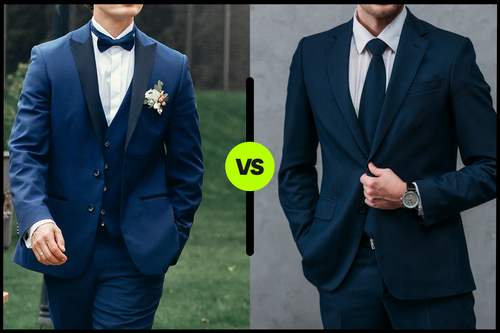
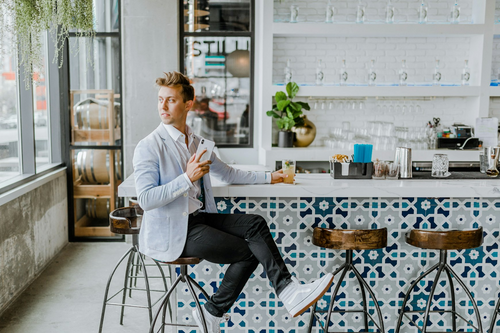

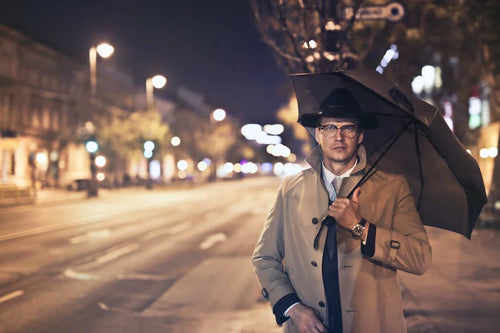

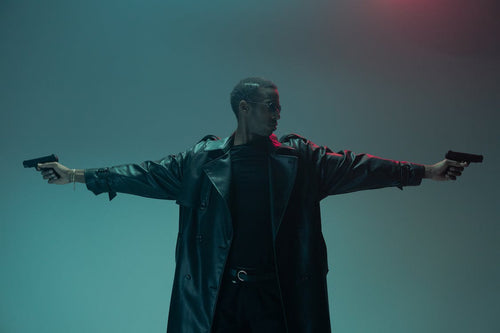

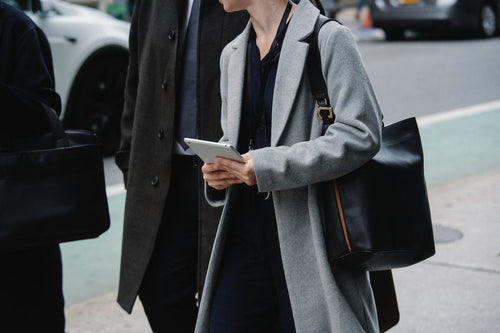

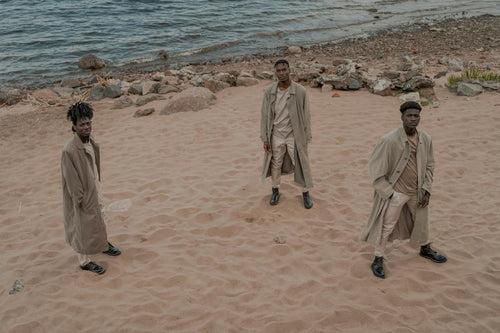
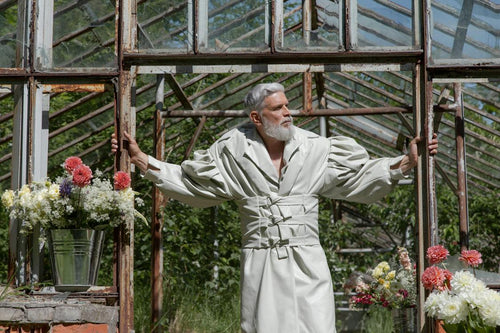


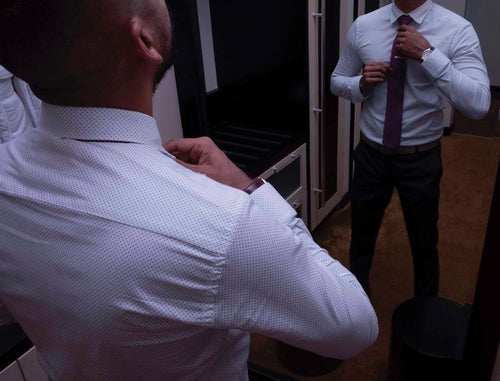
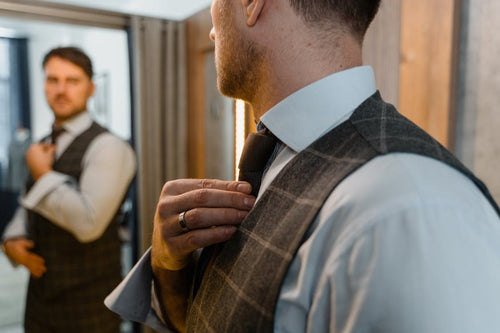



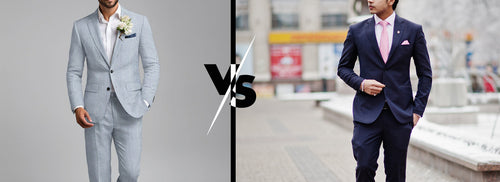
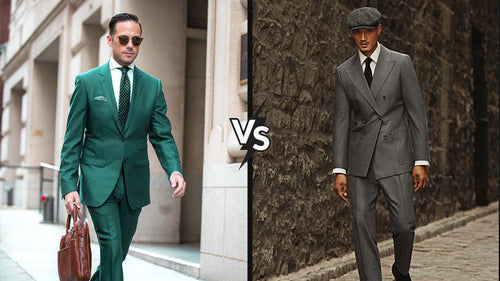
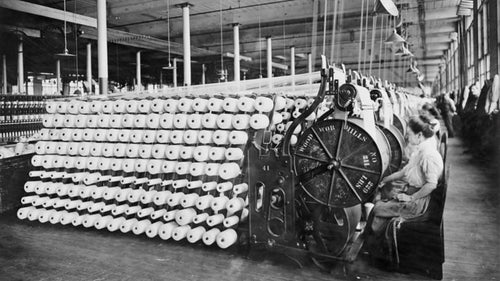
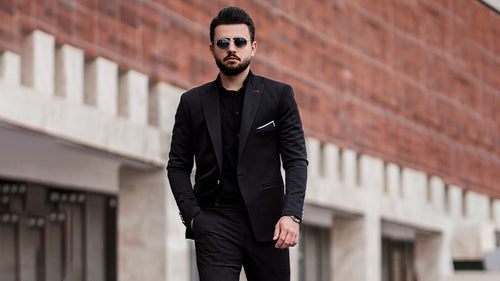
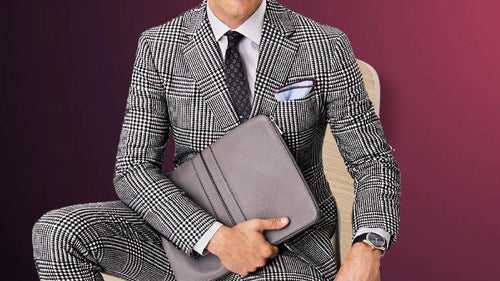
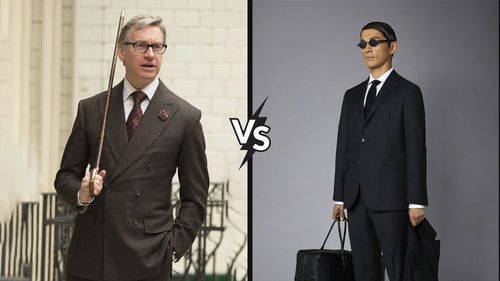
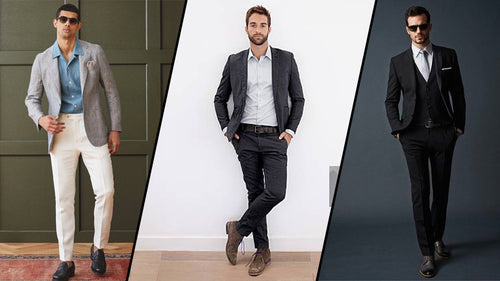

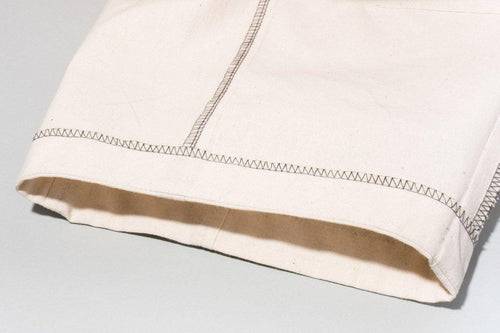
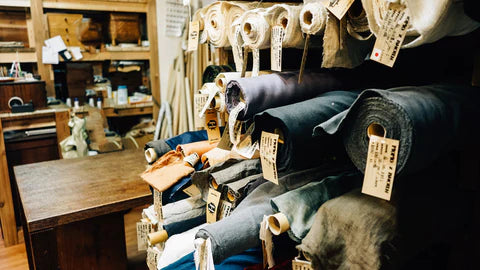
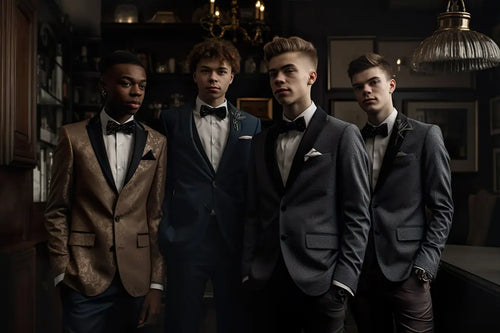
Leave a comment
This site is protected by hCaptcha and the hCaptcha Privacy Policy and Terms of Service apply.